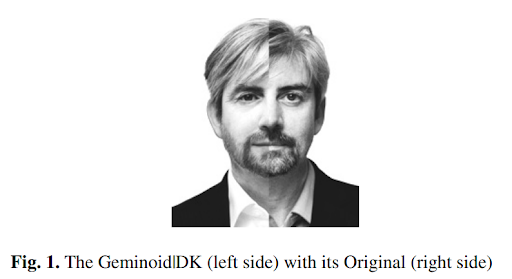PRE2020 3 Group12
Robot Appearance
Group Members
| Name | Student ID |
|---|---|
| Bart Bronsgeest | 1370871 |
| Mihail Tifrea | 1317415 |
| Marco Pleket | 1295713 |
| Robert Scholman | 1317989 |
| Jeroen Sies | 0947953 |
Relevance of robot appearance
In a social context, robots may be subject to judgement from humans based on their appearance Walters, M.L., Syrdal, D.S., Dautenhahn, K. et al. Avoiding the uncanny valley: robot appearance, personality and consistency of behavior in an attention-seeking home scenario for a robot companion. (2008). The perceived intelligence of the robot is correlated to the attractiveness of the robot since it is the case that humans make a ‘mental model’ of the robot during social interaction and adjust their expectations accordingly: “If the appearance and the behavior of the robot are more advanced than the true state of the robot, hen people will tend to judge the robot as dishonest as the (social) signals being emitted by the robot, and unconsciously assessed by humans, will be misleading. On the other hand, if the appearance and behavior of the robot are unconsciously signaling that the robot is less attentive, socially or physically capable than it actually is, then humans may misunderstand or not take advantage of the robot to its full abilities.” It is thus very important to predict and attribute the correct level of attractiveness depending on the intellectual capabilities of a robot. Not only that, but humans attribute different levels of trust and satisfaction when dealing with robots, depending on how much they like it Li, D., Rau, P.L.P. & Li, Y. A Cross-cultural Study: Effect of Robot Appearance and Task. (2010). Furthermore, an anthropomorphic robot is said to be better when high sociability tasks are required Lohse M et al (2007) What can I do for you? Appearance and application of robots. In: Artificial intelligence and simulation of behaviour, which is a statement that does not lack controversy as some research argues otherwise Li, D., Rau, P.L.P. & Li, Y. A Cross-cultural Study: Effect of Robot Appearance and Task. (2010).
State of the Art
Hand-and-Finger Movement
In 2018 the non-profit research company OpenAI created a realistic human-hand-shaped robotic hand with a level of dexterity similar to that of a human [1]. The system that is responsible for the movement of the robotic hand uses a reinforcement model, where the AI is trained via trial and error. The hand itself is able to grasp and manipulate objects with state-of-the-art precision. Moreover, the hand exhibits unprecedented levels of dexterity as multiple grasp types that are found in humans can also be found in its hand movements.

Realistic facial expressions and head movement: Geminoid H1, H2, F and DK
The geminoid DK is a robot with a very anthropomorphic design, created to examine how the presence, the appearance, the behavior and the personality traits of an anthropomorphic robot affects the communication with human partners. The robot mimics the external appearance and the facial characteristics of the original, being its creator and a Danish professor Hendrik Scharfe. Apart from the movements in the robot’s facial expressions and head it is not able to move on it’s own (own = remotely by the operator). The Geminoid DK does not possess any intelligence of itself and has to be remotely controlled by an operator. Pre-programmed sequences of movements can be executed for subtle motions such as blinking and breathing. Moreover, speech of the operator can be transmitted through the computer network of the geminoid to a speaker located inside the robot.

Papers and summaries
The papers that were read and summarized fit into three categories, namely: remote physical therapy, robot appearance, and robot physics. Below are the three categories together with their respective papers for each team member:
1. Remote physical therapy
Mihail Tifrea
2. Robot appearance
Bart Bronsgeest
Bartneck, C. et al. (2009). My Robotic Doppelgänger - A Critical Look at the Uncanny Valley
Breazeal, C. & Scassellatie, B. (2002). Robots That Imitate Humans.
Pantic, M. et al. (2007). Human Computing and Machine Understanding of Human Behavior: A Survey.
Adams, B. et al. (2000). Humanoid Robots: A New Kind of Tool.
Mihail Tifrea
Marco Pleket
Robert Scholman
Jeroen Sies
Bar-Cohen, Y., & Breazeal, C., (2003). Biologically inspired intelligent robots.